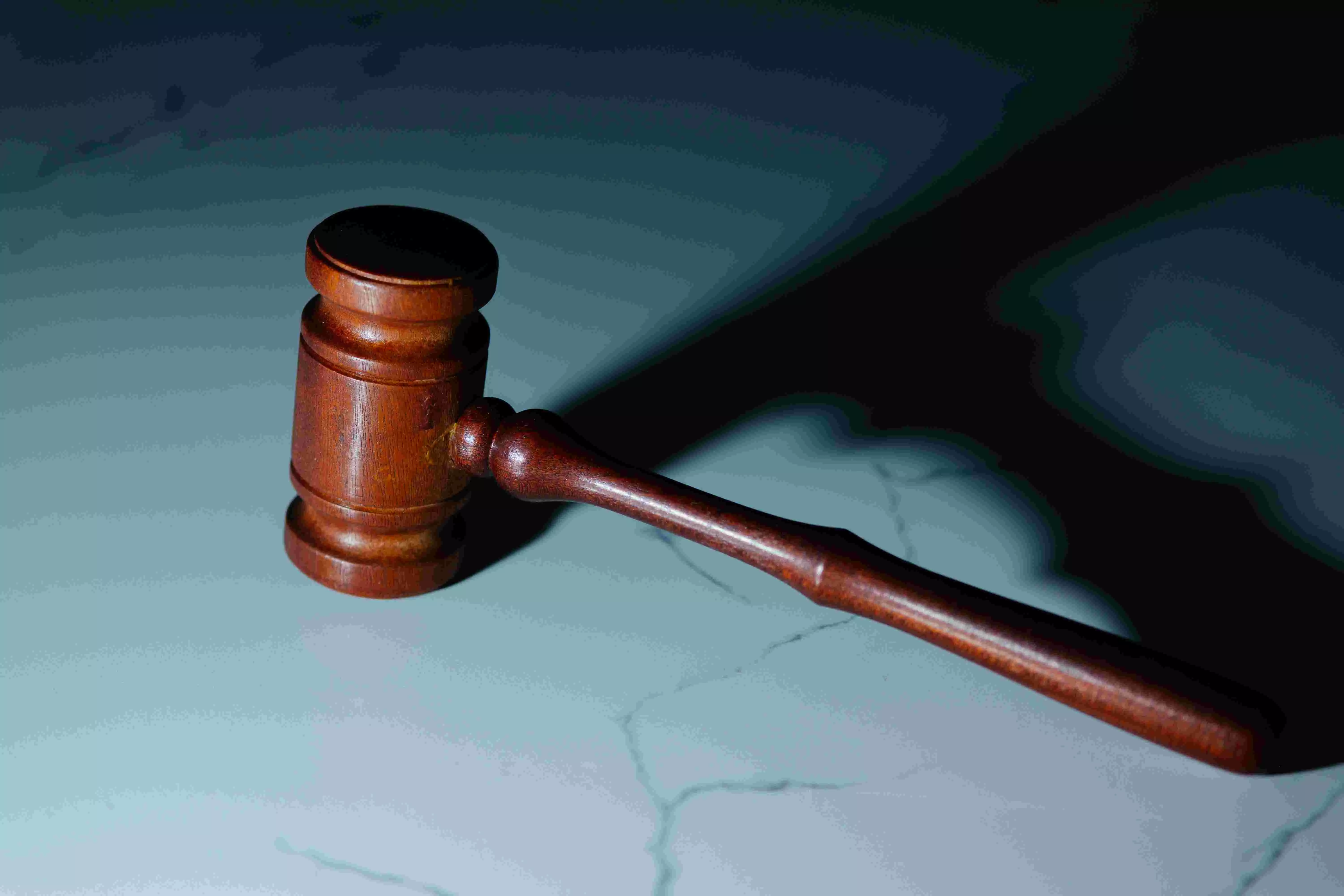Raising the bar
Allegations of mala fide conduct and victimisation, often easily made, require high standards of proof

Often in litigations, the plea of mala fide and victimisation is taken without any cogent proof. Justice Krishna Iyer, in ‘Gulam Mustafa & Ors vs The State of Maharashtra & Ors’ (1975), aptly said, "It (mala fide) is the last refuge of a losing litigant."
Allegations of mala fide are often more easily made than substantiated, and the seriousness of such allegations demands proof of a high degree of credibility, as held in ‘Ajit Kumar Nag vs GM (PJ), Indian Oil Corporation’ (2005). The Supreme Court stated that there is every presumption in favour of the administration that the power exercised by it is bona fide and in good faith. In ‘EP Royappa vs State of Tamil Nadu & Anr’ (1973), the Supreme Court noted that the burden of establishing mala fides lies heavily on the person who alleges it. Allegations of mala fides are often more easily made than proved, and their seriousness demands proof of a high order of credibility.
In ‘Gulam Mustafa’ (supra), the court mentioned that striking down any act for mala fide exercise of power is a judicial reserve power exercised lethally, but rarely. Courts have held in various dicta that suspicion cannot replace proof, and the proof required is of a high degree.
Even with regard to victimisation, courts have opined that mere allegations, vague suggestions, and insinuations are insufficient to establish a plea of victimisation. In labour matters, the mere fact that relations between the employer and employee are strained, and the workman was an active union member, is not enough to prove victimisation. Reference in this regard can be made to ‘Management of Bharatkala Kendra Pvt. Ltd. vs R.K. Baweja & Anr’ (1980), Delhi High Court. In ‘M/S Bengal Bhatdee Coal Co vs Shri Ram Prabesh Singh & Ors’ (1963), the Supreme Court held that strained relations between an employer and a union, and the fact that the workmen concerned were office-bearers or active union workers, would not by itself be evidence of victimisation. If that were the case, it would mean that office-bearers and active union workers with whom the employer is not on good terms would have carte blanche to commit any misconduct and escape accountability on the grounds that relations between the employer and the union were not happy.
Courts in dicta have also held that an employer is expected to conduct a proper inquiry before dismissing a workman. If this requirement is satisfied, an employer will largely escape accusations of acting arbitrarily, with mala fides, or through victimisation. This was stated inter alia in the case of ‘Workmen of Messrs Firestone Tyre vs Management & Others’ (1973) by the Supreme Court. In ‘Bharat Iron Works vs Bhagubhai Balubhai Patel & Ors’ (1975), the Supreme Court said that victimisation is a serious charge by an employee against an employer, and therefore, it must be properly and adequately pleaded with all particulars on which the charge is based, to enable the employer to fully meet it. The charge must not be vague or indefinite, as it is an amalgam of facts, inferences, and attitudes.
Recently, in 2024, the Chhattisgarh High Court in the case of ‘KL Jute Products Pvt. Ltd.’ reiterated broad principles regarding the power of judicial review over administrative action in contractual matters. The court stated that judicial review of administrative action is intended to prevent arbitrariness, irrationality, unreasonableness, bias, and mala fides. Its purpose is to check whether the choice or decision is made 'lawfully' and not to assess whether the choice or decision is 'sound.' It was inter alia held that the right to refuse the lowest bid is available to the State, subject to Article 14 of the Constitution of India. The court also stated that it cannot act as an appellate authority to judge the process of awarding contracts unless it is blatantly illegal, arbitrary, unreasonable, or tainted by mala fides.
Thus, in legal cases, pleas of mala fide and victimisation should not be taken lightly. If taken, they must be pleaded with specific instances and cogent evidence. Litigations of this kind should be carefully contested, rather than based on bald pleas.
The writer is a practising Advocate in Supreme Court and High Court of Delhi. Views expressed are personal



